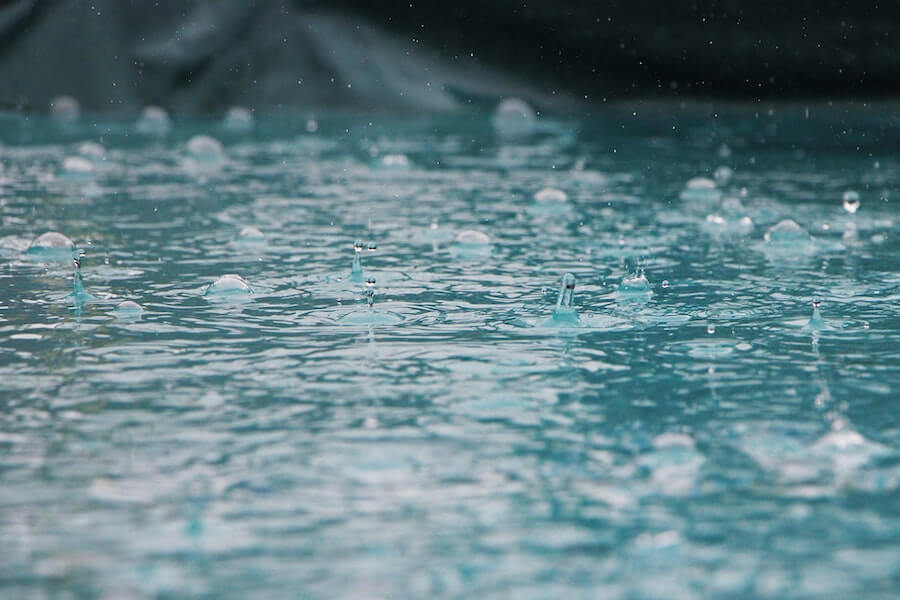Many people wonder, “Can a patio be laid in the rain?” They want to get their outdoor area done as soon as possible but fear the rain might ruin their work.
There is a lot of controversy regarding laying a patio. Some people believe they can only do it on a sunny day as light and heavy rain can cause problems equally.
Meanwhile, others say that they are willing to take the risk and lay it in the rain.
So what should you do? Let’s read on to explore!
Table of Contents
Can Patio Be Laid in Rain?
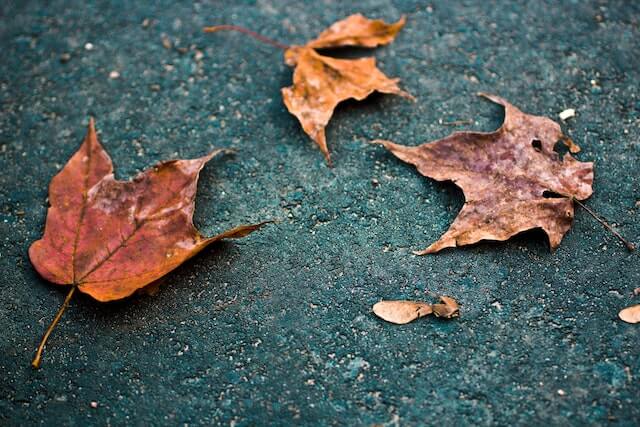
The answer is you should not. It is technically possible, but we recommend not to do this. Laying a patio in the rain does more harm than good.
The bricks and pavers might become slippery and dangerous to work with during rain or wet weather.
Water might be trapped beneath these kinds of pavers which cause issues, such as cracking, discoloration, and rotting when temperatures drop again.
Furthermore, if the ground is extremely wet, the mixture can become waterlogged, affecting the strength of the bond between the base and the bricks.
Rain is also the enemy of the method that requires cement, as too much water can saturate the cement.
Heavy rain will wash the cement content to the bottom, weakening the bond and the mix.
The strength of the mix can weaken significantly and may become sand in the long run if it’s badly saturated by rain.
What Are the Potential Risks of Laying a Patio When Raining?
There are some potential risks that you face when laying a patio on rainy days.
- It will take you longer to finish the job because you will have to stop due to the rain.
- Working with slippery bricks and pavers is dangerous.
- Water might negatively affect your house if the patio slopes towards your house, leading to rainwater running off it.
- Your finished patio might be less than expected if the ground gets wet or your pavers are not level.
4 Main Tips on Laying a Patio
Patience
It is best to wait for the rainy season to pass to ensure that the area you want to apply for is free of standing water and completely dry. So the ideal season for laying a patio is summer.
You might wonder, “why isn’t it in the winter?”
The answer is the air will be much cooler and damper in winter, meaning it will take longer for surfaces to dry out.
Cover the Area
If you want to work on rainy days but don’t want the rain to ruin your work, you can cover your area with something.
For example, you can invest in a gazebo, tarp, large umbrella, or something similar and utilize it to cover your work area to keep it dry.
Utilize an Installation Method Without Cement
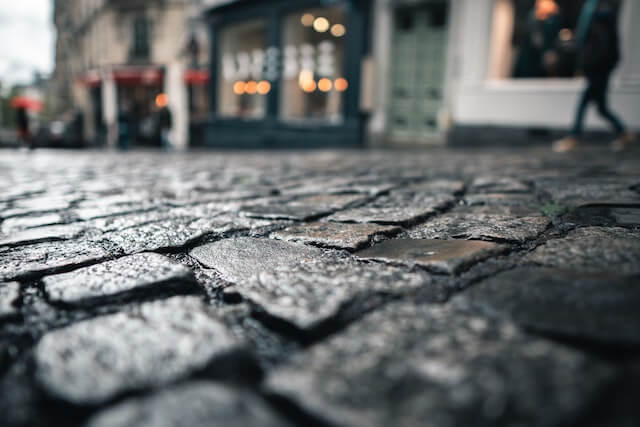
As we mentioned above, rain is the enemy of cement installation methods.
So you can consider options that do not require cement if you want to lay a patio on rainy days.
A raised pedestal or aluminum system could be handy for drainage and installation purposes. These systems do not involve cement, so the rain will not affect them.
These systems are an excellent option for people who love DIY since they cannot always spend days in their garden just waiting for sunny days.
Use a Drier Mix
You can use a drier mix to retain the strength of the mortar, as the mix can get the correct consistency thanks to the dampness of the air.
But opting for this method might mean you will have an inconsistent mix throughout your area since you cannot control the weather. It will prevent direct moisture and allow you to lay some paving.
Yet, you should remember that water can still travel along the surface. So you should be careful and make sure that there is no pooling further down the line.
Is it Okay To Apply Slabs On Wet Ground?
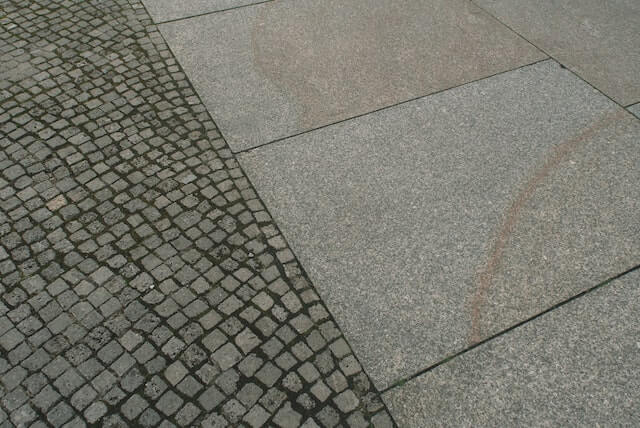
It is possible to place slabs on wet ground, but it’s not the best.
When the ground gets wet, your slabs can become waterlogged, affecting the bond’s strength between the ground and the slab.
Slabs can also shift as they dry out, creating uneven surfaces or cracks.
Is It Okay to Apply A Porcelain in the Rain?
Cement that contains porcelain comes in many types, and you can use it to resurface your patios.
Several manufacturers suggest laying their products in dry weather and leaving two days or more before heavy rain or traffic.
But other concrete patio flooring types might require a more extended period for curing, such as several days or overnight (with no water), before they can handle normal conditions.
FAQs
How Long Does the Cement Need to Dry Before Raining?
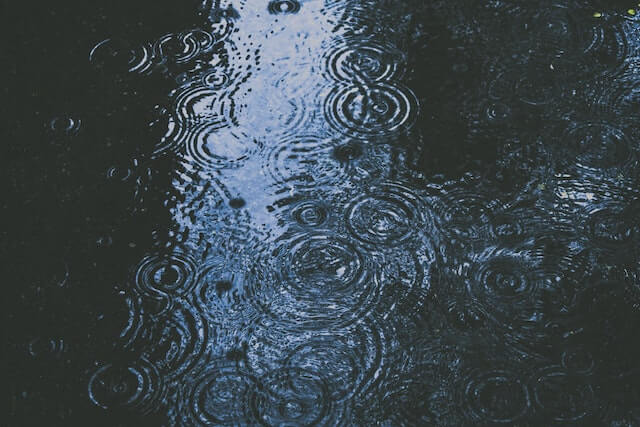
The cement should be left to dry for 24 hours (one day) or more before it begins raining. In some circumstances, it might be up to 72 hours.
The answer also depends on the cement type. For example, Portland cement, the most common in construction and building, starts to set once mixed with water and continues hardening for a long time later.
So when you’re planning to pour cement, check the weather forecast and come up with some ideas for covering your area if it rains suddenly.
You can dry cement with heat lamps or cover it with plastic sheets or tarpaulins.
Can Frost Negatively Affect Laying a Patio?
The two significant issues with frost:
- The frost will interfere with the curing of mortar or other cement-based materials needed to install a patio. Mortar might stay wet for a longer time, leading to flakes if the frost is prolonged.
- The frost can cause temporary swelling and expansion of materials.
Does Heat Cause Problems When Laying a Patio?
Heat can also cause huge issues when laying your patio, which is a bit of a surprise to many.
The most appreciable impact is on concrete and mortars. As the temperature soars, the mortar will dry extremely fast and cause cracking and loose paving stones on your patio.
What Should I Do if It Rains After Laying Slabs?
If it rains when you have finished your work, your only choice is to take a seat and expect the best thing.
Fortunately, most patios can resist a bit of rain, as long as you have correctly installed them.
But a lot of rain can cause issues. For instance, if your patio slabs slope towards the house, rainwater might run off into it, leading to water damage.
We recommend out the grout between your pavers to ensure properly sealed since it can prevent water from seeping in and leading to checking problems.
What Should I Do if It Rains When Installing Pavers?
If it rains while you’re laying a patio, we recommend stopping and allowing your work area to dry out entirely before continuing. Surface water can lead to many potential risks.
If your patio is already laid, and it rains, it is essential to shield your work area with plastic sheeting, tarpaulins, or something similar to protect it from the rain.
Is It Okay to Install Block Paving in the Rain?
Although it is possible to lay Block paving in the rain, this is not a beneficial or perfect way to get your job done.
One of the largest issues with applying block paving in the rain is that pavers might become slippery, making it risky to work with.
Moreover, any water that seeps into joints can expand when freezing and shrink when thawing, leading to your pavers becoming loose.
So it is technically feasible to install block paving in the rain, but we do not recommend it.
When Is The Right Time To Lay My Patio Paving?
The ideal time to install patio paving is the summer and spring when it does not get too dry and hot. Moisture within the sub-base will be helpful for decent compaction, while moisture aids the setting of the mortar.
Close Thoughts
It is feasible to lay a patio in the rain, but it will do more harm than good. So it’s best to do the job in summer or spring.
If you take the risk to get the job done, ensure you take all the required precautions to protect yourself, your home, and your work area.
Always check out your local weather forecast before the beginning of any outdoor project so you can make the necessary preparations.
Hopefully, this article was helpful to you!

